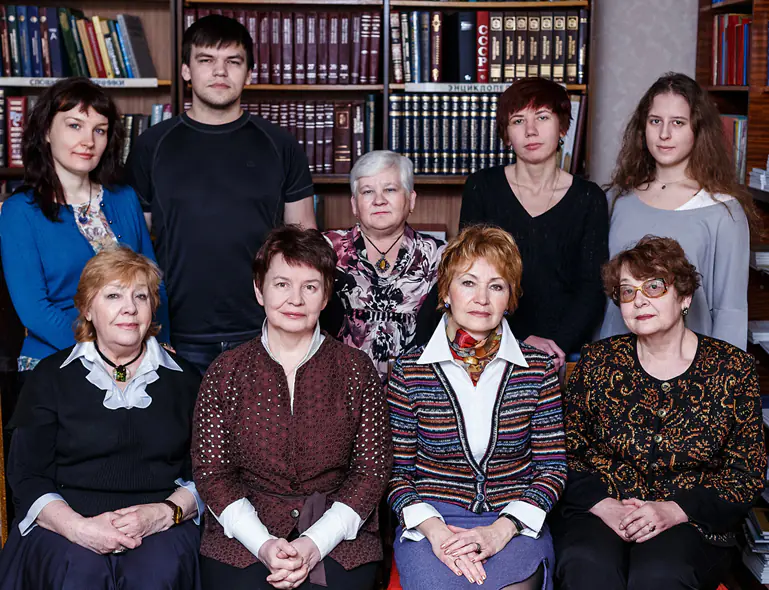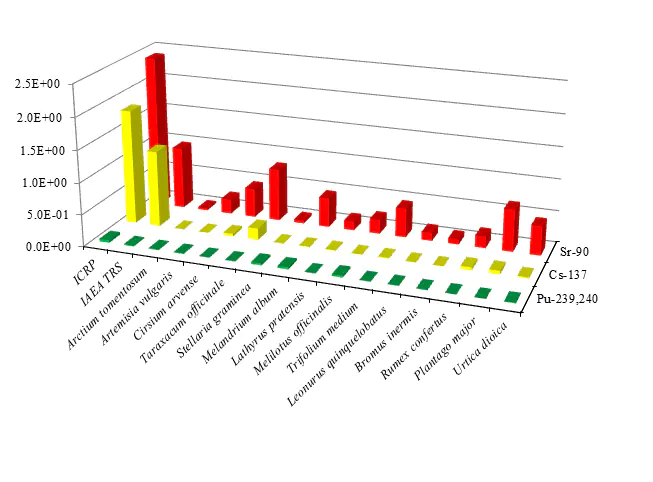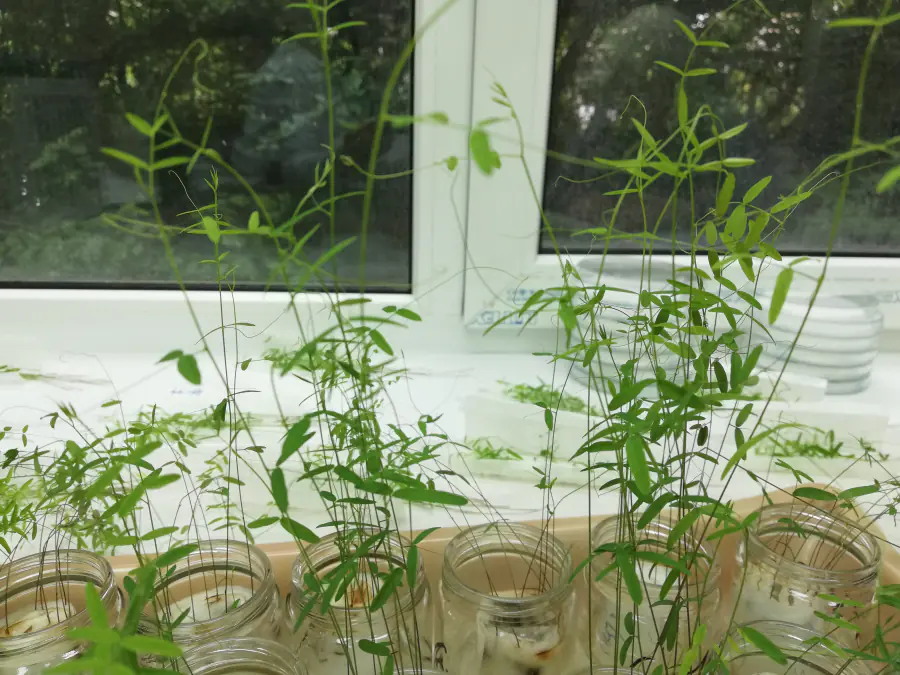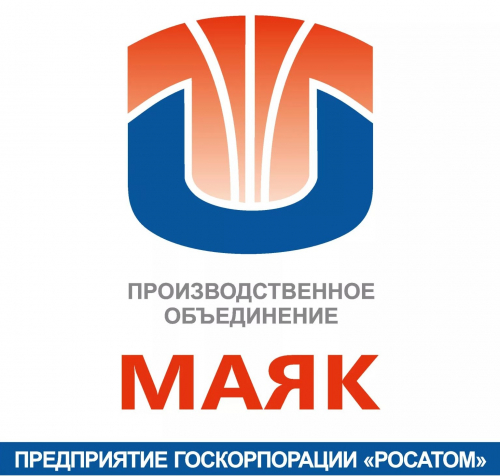Laboratory of Population Radiobiology

Life on Earth originated and exists in conditions of a natural radiation background, over millions of years of existence, biota has adapted to these levels of exposure. Global pollution of the biosphere with artificial radionuclides arose in the twentieth century as a result of nuclear weapons tests and the development of nuclear technologies. In some regions, the situation has developed especially unfavorably due to accidents and incidents at nuclear fuel cycle enterprises. Our scientific work is aimed at studying the long-term effects of radiation on biological systems of different levels of organization (molecular cellular, organismal, population and biogeocenotic). Living organisms and their communities are an integrated system that simultaneously experiences the effects of many factors. The reactions of sub- and supra-organizational level systems to the combined effects of radiation and non-radiation factors, including weather conditions, heavy metals and nanoparticles, are of particular interest to us.
- Various methods of molecular biology
- Spectrophotometry
- PCR
- Sequencing by Sanger
- Extraction
- Geoinformation systems
- Morphometry
- Mathematical modeling
- Long-term stress testing
- Forest taxation






Research directions
Assessment of dose loads of wild plants of the VURS







